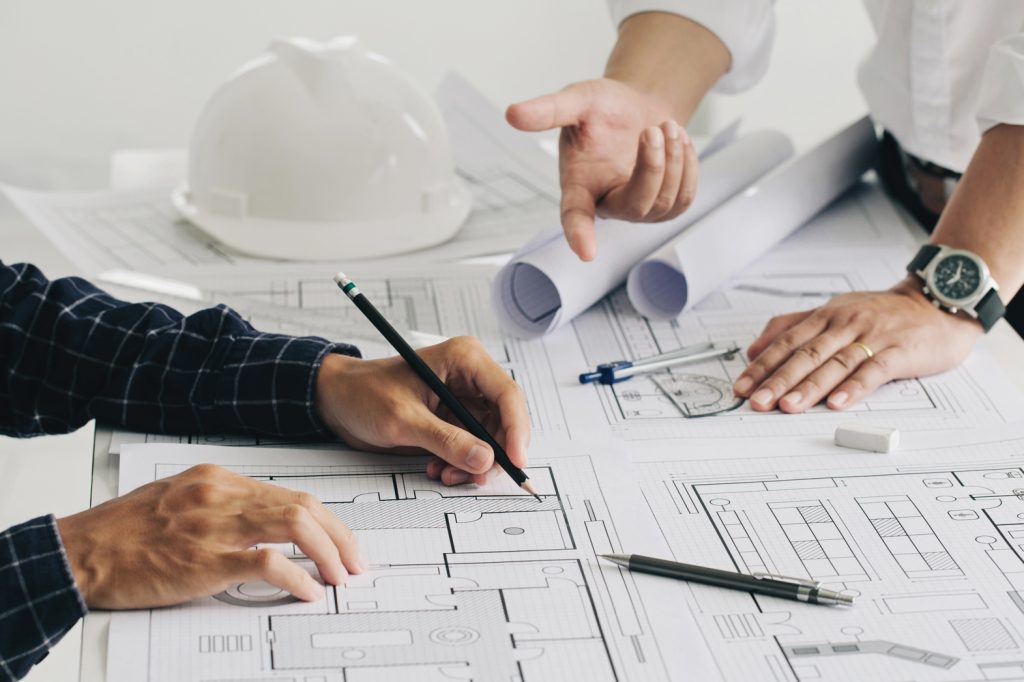Wellness-centric design and build practices
There has been a growing trend of wellness-centric design and build practices over the last decade. However, the Covid-19 pandemic made it a clear focus. At the height of the lockdown periods, well-being was globally declining for those forced to stay indoors. It was so significant and unprecedented that the World Health Organisation (WHO) launched a #HealthyAtHome campaign to help those suffering.
The areas people thought were sanctuaries – where they worked and played – were suddenly under a microscope. Only then did society realise how much every square foot of space impacts their physical and mental health. In response, the design and build industry pivoted to meet the growing demands of wellness-centric areas.
At Horton Interiors, we’ve witnessed this growing trend first-hand. Whether it’s residential, commercial, or institutional clients, the priority is on the well-being of the occupants. New and existing builds can benefit enormously from this approach. For the client, it ensures that their space makes users feel comfortable, safe, and energised. And for those in property development, architecture and interior design, this evolving trend offers an opportunity to think differently and discover new creative methods.
A wellness-centric approach combines many practical features for a much healthier environment. These include:
Improved air quality
A natural flow of air through a building makes a big difference. It reduces a room’s stuffiness and can help regulate the overall temperature. Creative planning and integration of AC units are also essential to wellness. It can evenly distribute air around spaces and eliminate the spread of airborne germs that can affect the occupants.
More natural light
Electronic lighting technology is incredibly diverse now. It can create the perfect amount of light for your eyes, whether relaxing on the sofa or typing away in an office. But it’s no substitute for the real thing. That’s why many design and build projects demand more natural light. Sunlight can positively control our sleeping patterns, energise us, and make people happier. Creating a space that captures and disperses the sun’s rays adequately can lift the mood of all inside.
Anti-germ protocols
Germs weren’t invented with Covid-19, but their spread was undoubtedly brought to the fore at the height of the pandemic. Scientific research and tech innovations paved the way for buildings and spaces to deal with this effectively. Touchless keypads and buttons mean you can hover your hand nearby, and it will operate as it should. Antimicrobials – the medicinal agent that kills and stops germs from spreading – are becoming the standard for surface areas. This is especially true for spaces with many occupants, such as an office or academic facility.
Going back to nature
If lockdowns proved anything, it was that humans need a touch of nature, and when they’re forcibly removed from it, they start to suffer mentally. Biophilic – or design inspired by nature – is a great approach. Bringing the outside indoors helps to soothe the human mind and relieve stress. Strategically placed plants or faux greenery used around the space will dramatically change the look and feel for the better.
Focus on ergonomics
When you hear the word “ergonomic”, it naturally conjures images of furniture, keyboards, and workspace comfort. But it is far more diverse. The evolution of ergonomics in a wellness-centric approach can be used to optimise the layout of a space to enhance functionality and accessibility. Ergonomic lighting is placed to reduce glare and eye strain. It even stretches to integrated technology in the home and office as digital interfaces increase ease of use and reduce fatigue. An ergonomic space that focuses on accessibility is essential for physically challenged people.
***
Wellness-centric certification will increase to emphasise further the need to implement these approaches. WELL and Fitwel are two institutions that have already awarded certificates for buildings compliant with well-being regulations. There will be a more significant shift towards this moving forward that could have a positive effect when it’s time to sell the building.
Overall, the world of wellness-centric design and build will continue to evolve. We will see more creative innovations, a greater emphasis on biophilic integration and more customisable options tailored to individual needs. It’s not enough to make a brick-and-mortar building and fill it with furniture anymore – clients and the wider society need environments that enhance the quality of our lives.















